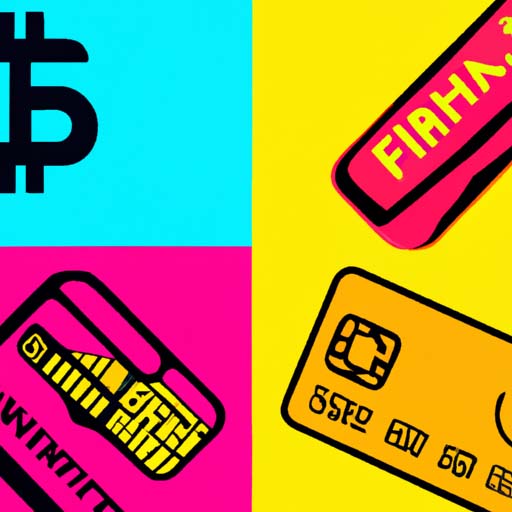Six years after the implementation of the Payment Services Directive 2 (PSD2), open banking is still seen as not having achieved its full potential. The initial aim of open banking was to drive innovation and competition in the financial sector, as well as enhance security and protect consumer data. However, there is still a lack of consumer demand for open banking services. Experts suggest that increased education about the benefits of open banking, including improved security and customer offerings, is needed to encourage wider adoption. Additionally, there is a need for a compelling user experience, expanded use cases, and clarity from the government on the future of open banking and the commercial model. Despite these challenges, there is still optimism that open banking can reach its full potential. Increased adoption by household names, the development of Variable Recurring Payments (VRPs), and advancements in open banking payments technology are expected to contribute to its growth. However, there are also challenges in open banking beyond the UK, such as the lack of a single standard in the EU and the need for interoperability between different open banking setups globally.
Open Banking: A Glance at the State, Six Years Post-PSD2.



